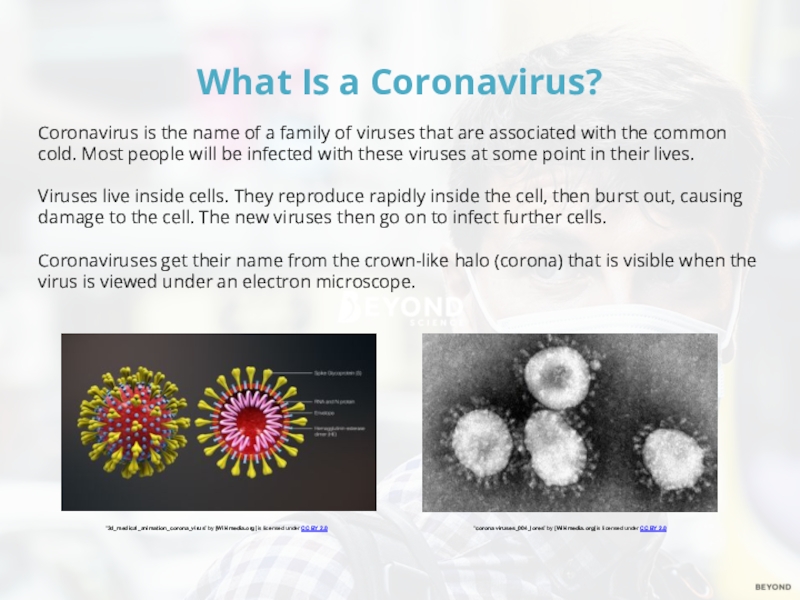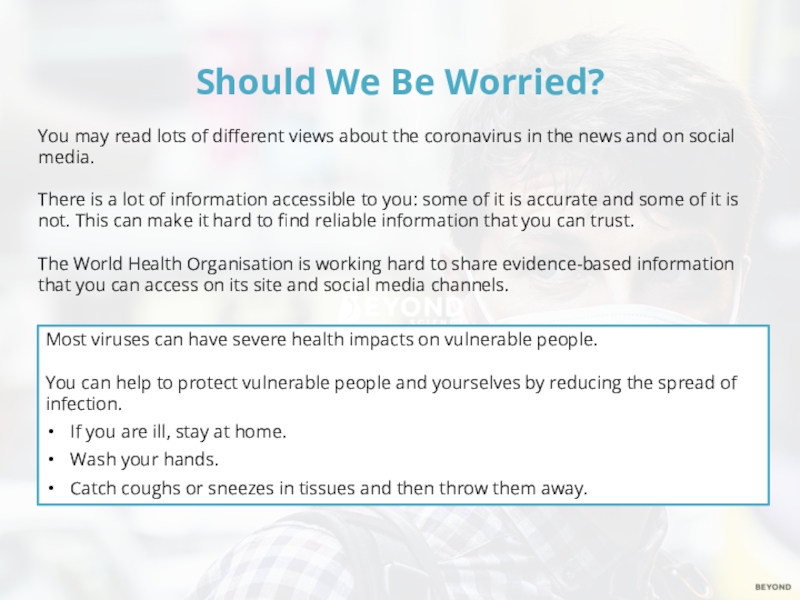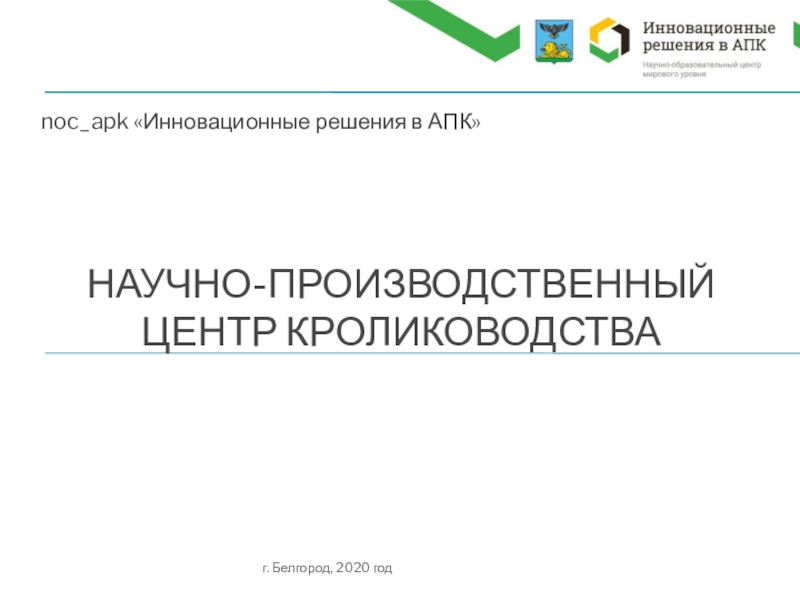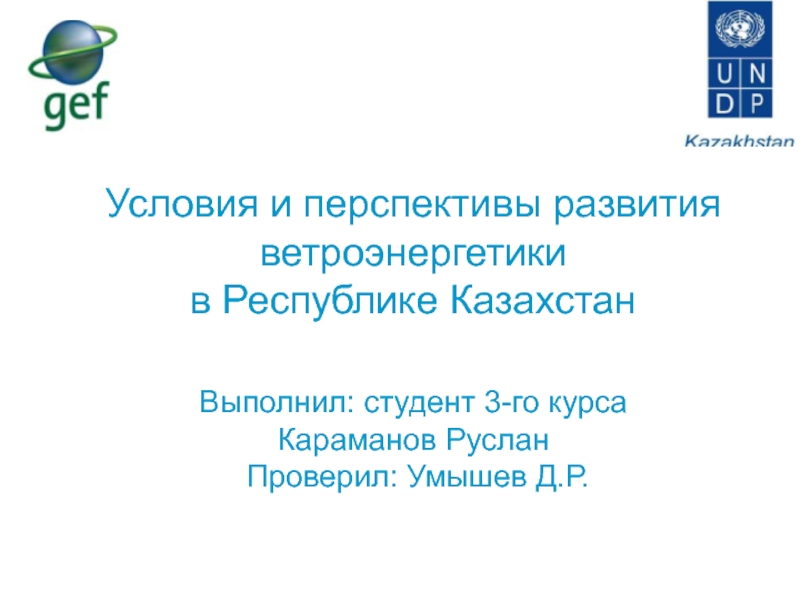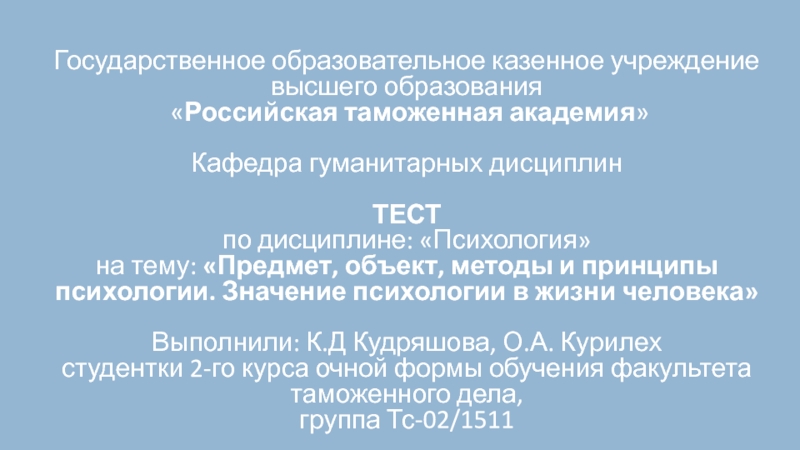of viruses that are associated with the common cold. Most
people will be infected with these viruses at some point in their lives.Viruses live inside cells. They reproduce rapidly inside the cell, then burst out, causing damage to the cell. The new viruses then go on to infect further cells.
Coronaviruses get their name from the crown-like halo (corona) that is visible when the virus is viewed under an electron microscope.
“3d_medical_animation_corona_virus” by [Wikimedia.org] is licensed under CC BY 2.0
“corona viruses_004_lores” by [Wikimedia.org] is licensed under CC BY 2.0

